ikea 2.0 make
Hypothetical investigation about engagement
Hypothetical investigation about engagement
This investigation is about various client entry points into production and using processes shows a set of hypothetical tools and products which question the process of including the client into a system, and allows for comparison to see the client only as a consumer without any chance of influencing the outcome.

pdf
IKEA early approach
Several states of the seeds/ tree/ wood are allowed to influence the growing and shaping of the material. The “material” is being sold together with the screws and the manual. The client is being challenged to find the way of processing the wood and finishing the stool, by using the local cabinet maker/ co-working spaces or the prepared hypothetical tools.
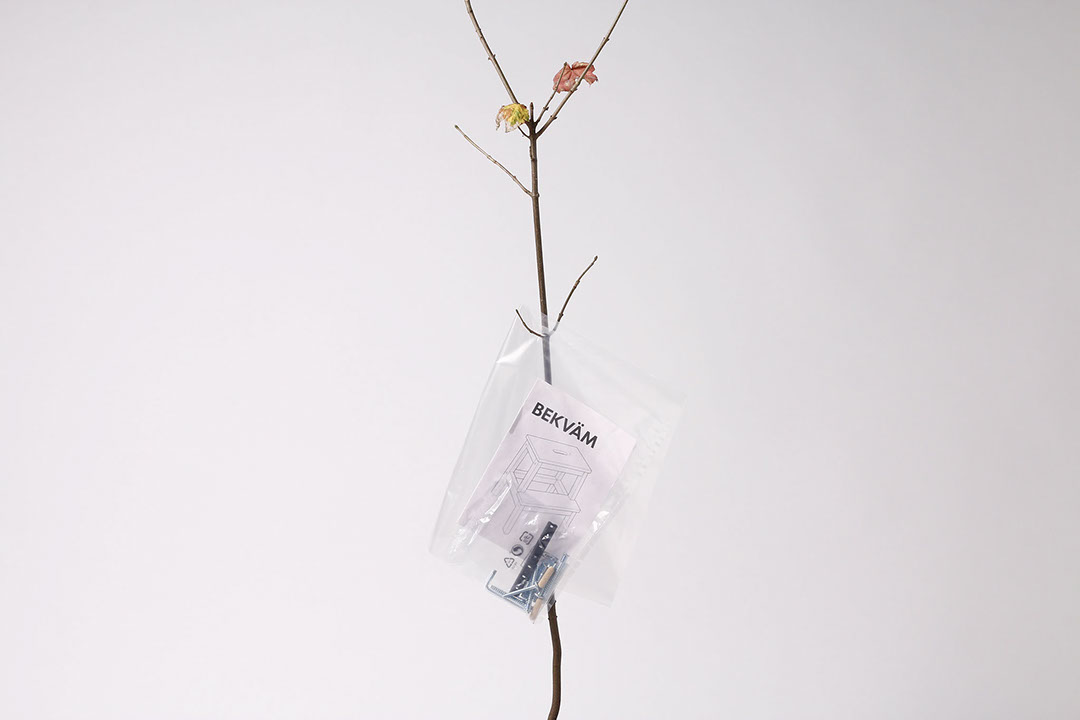

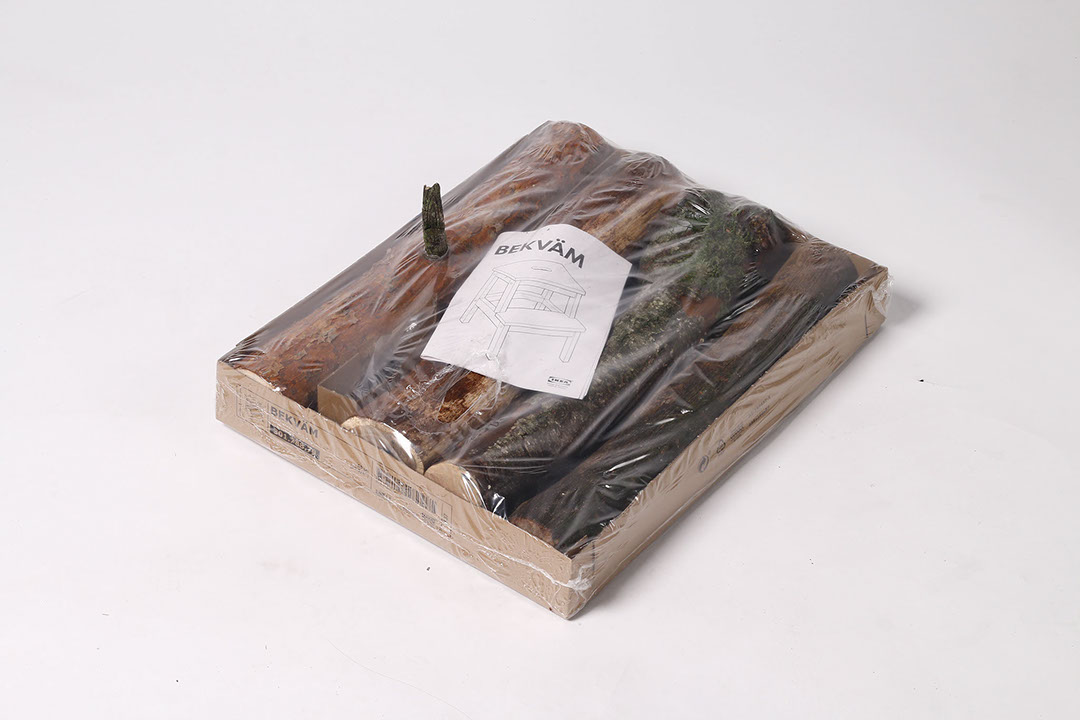
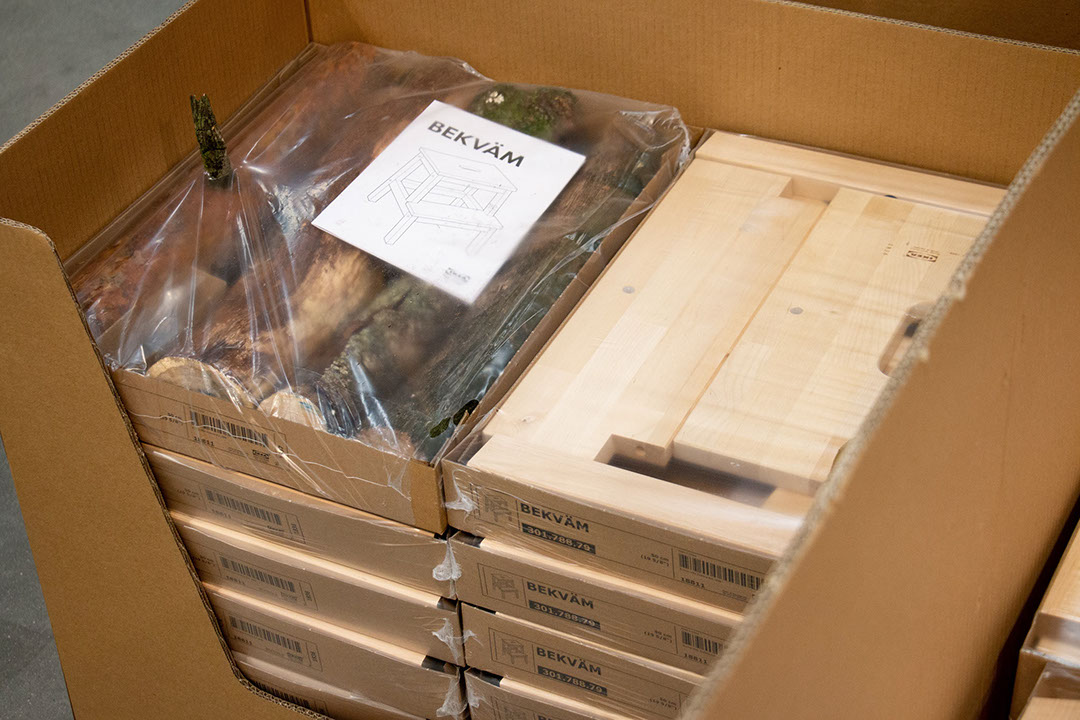

IKEA stool template
These Hypothetical tools allow a continuation of the process of manufacturing the Bekväm stool. Using a semi-automated double-sided router for turning the round brunches into plane beams. After the beam is on the right dimension of thickness and width, another template helps the client mark and cut the length of the components. The same element but another slot and position is used to drill the holes for the screws. The screwdriver provided which is also in the plastic bag enables the user to tighten the screws. This is a manufacturing process which is dealing with the vacuum between automatization and manual work. The measurements of the cutting and drilling template are not changeable. The client doesn’t have an impact on the measurements. But they do in the quality of cutting, drilling and the decision of what kind of wood and where the wood is from. The router works in two thickness settings, allowing only the two dimensions which are needed to complete constructing the Bekväm stool.
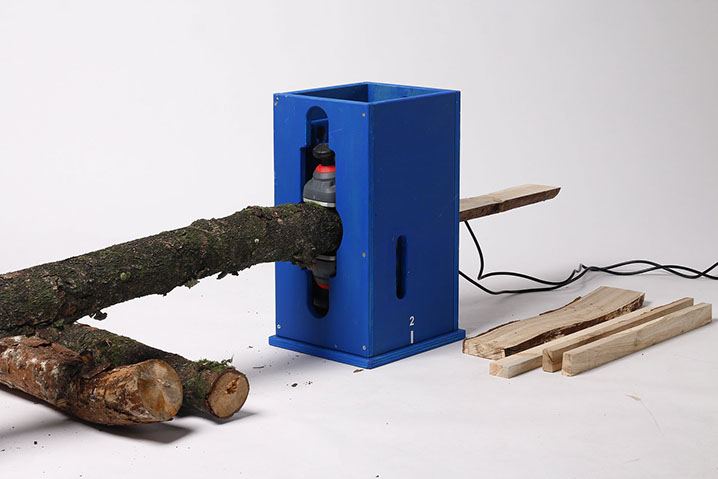




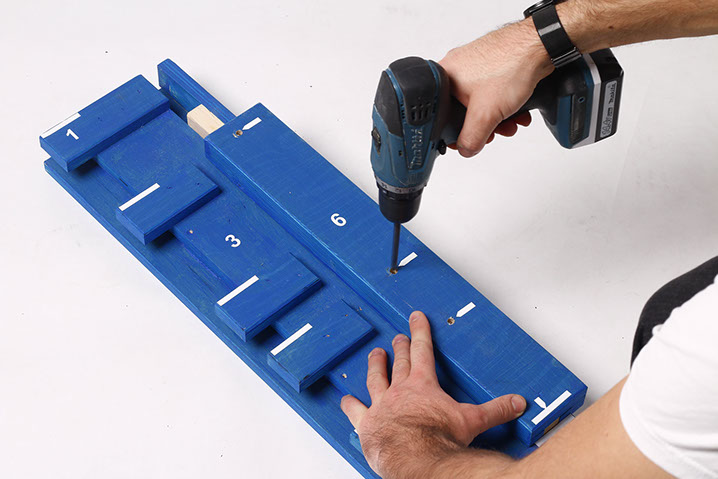

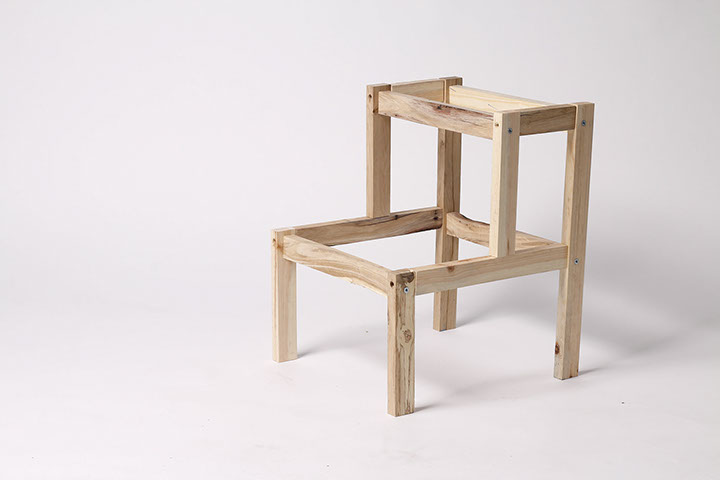
“To make a production process understandable there is a need for rethinking the way how recipients can step into the making process of a product in more various degrees.”
See also